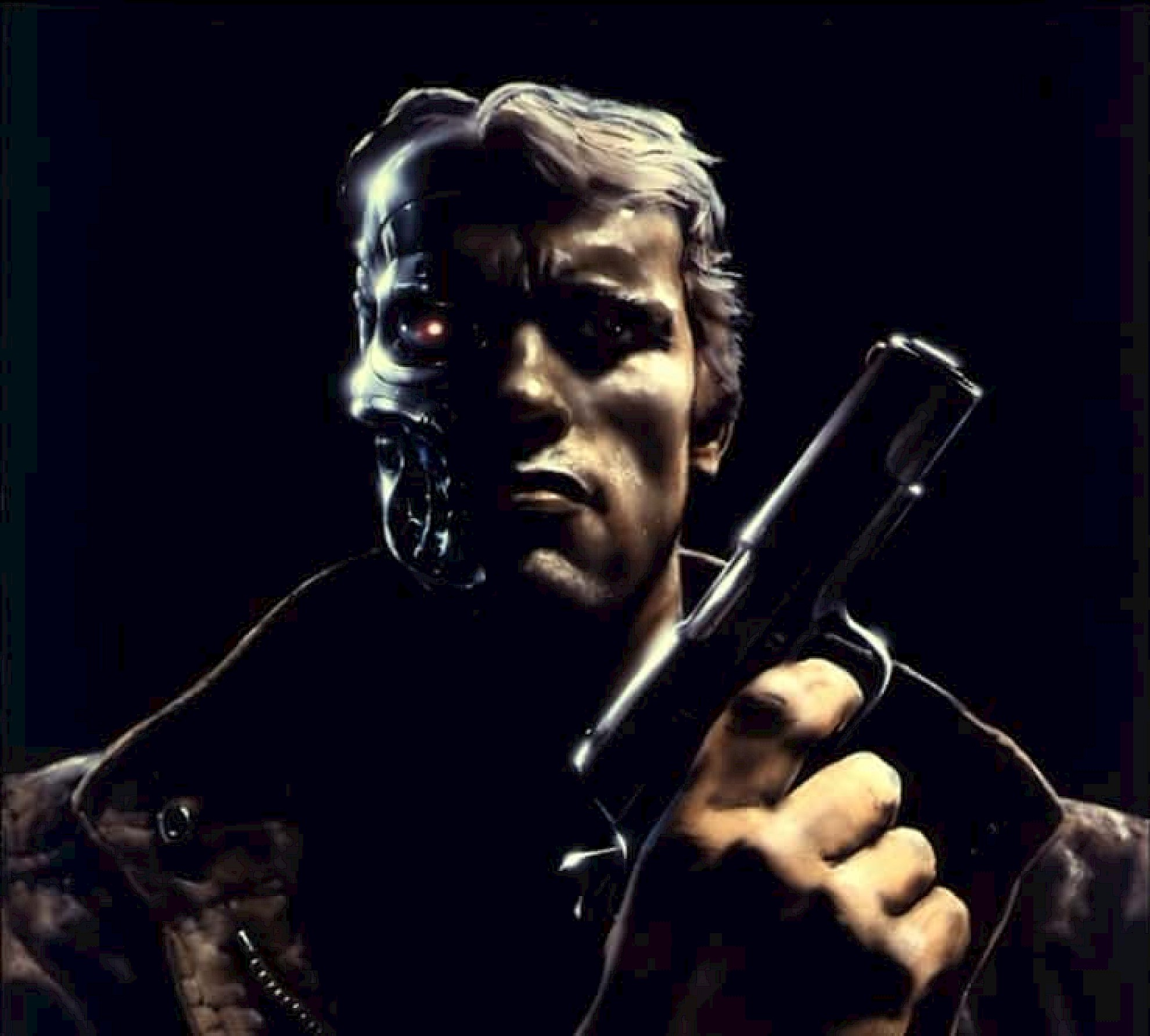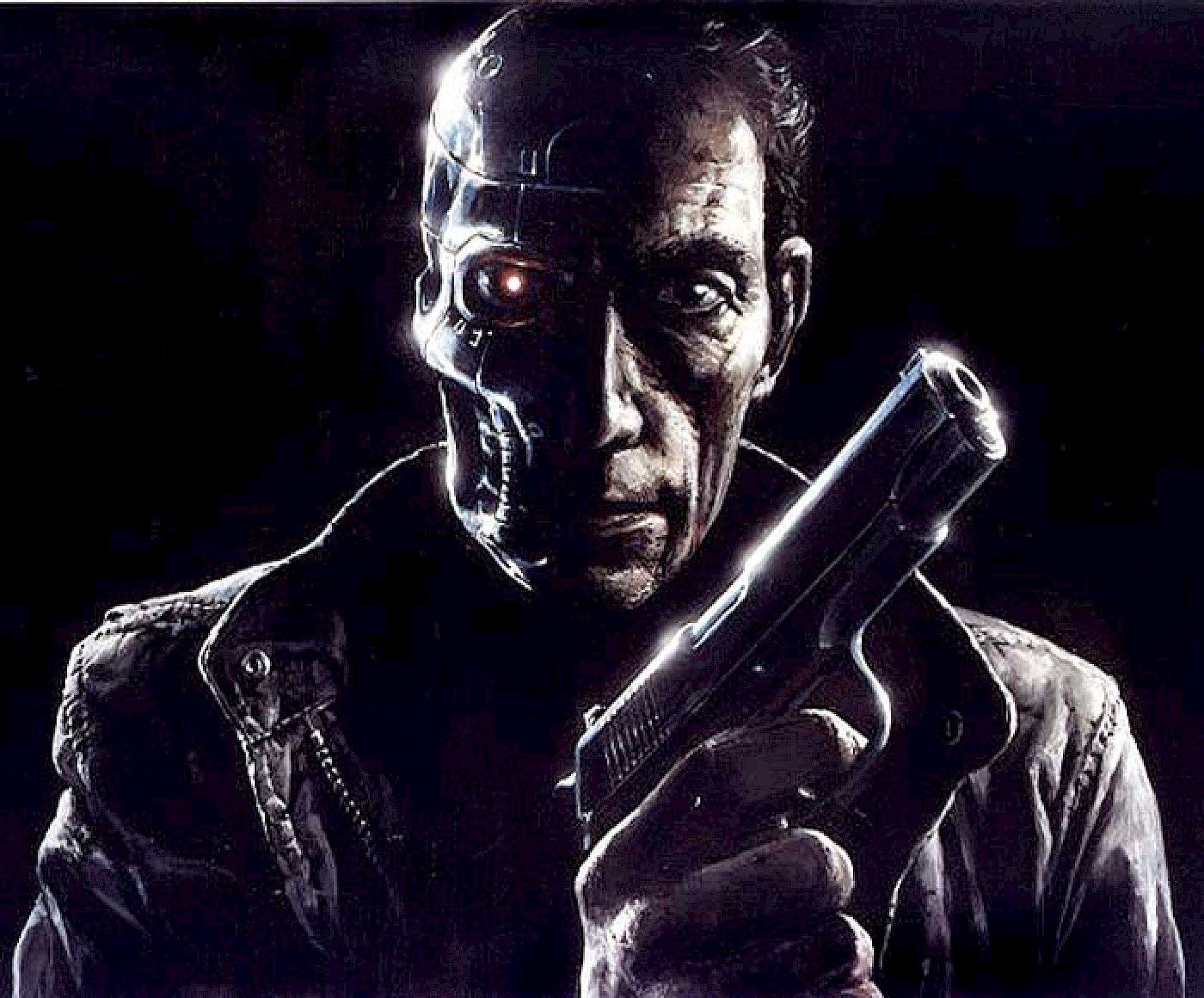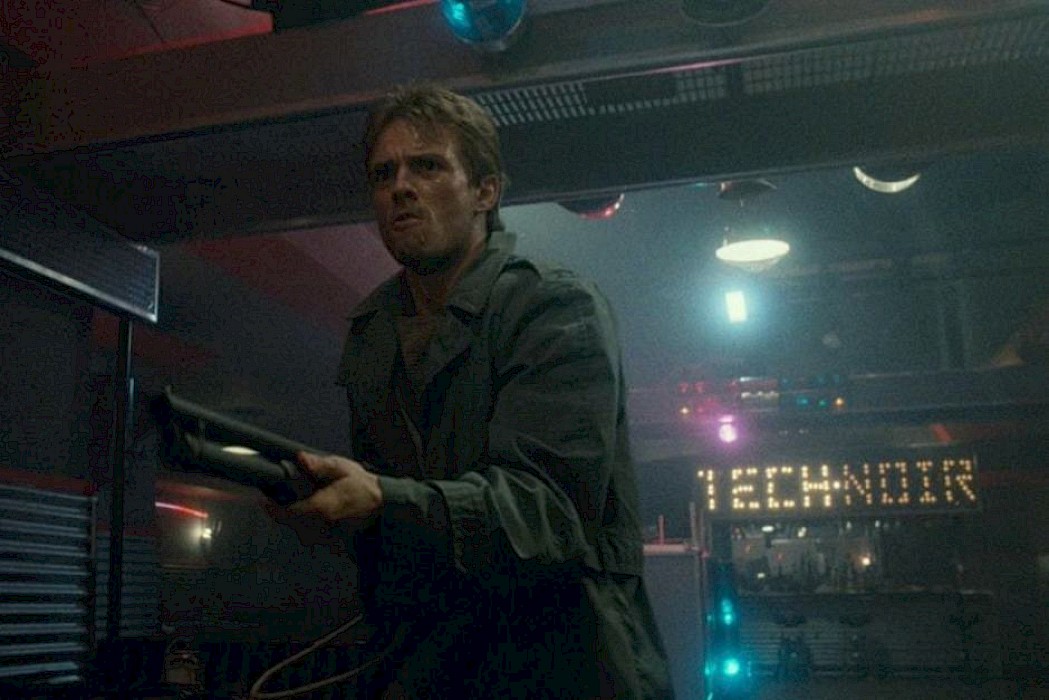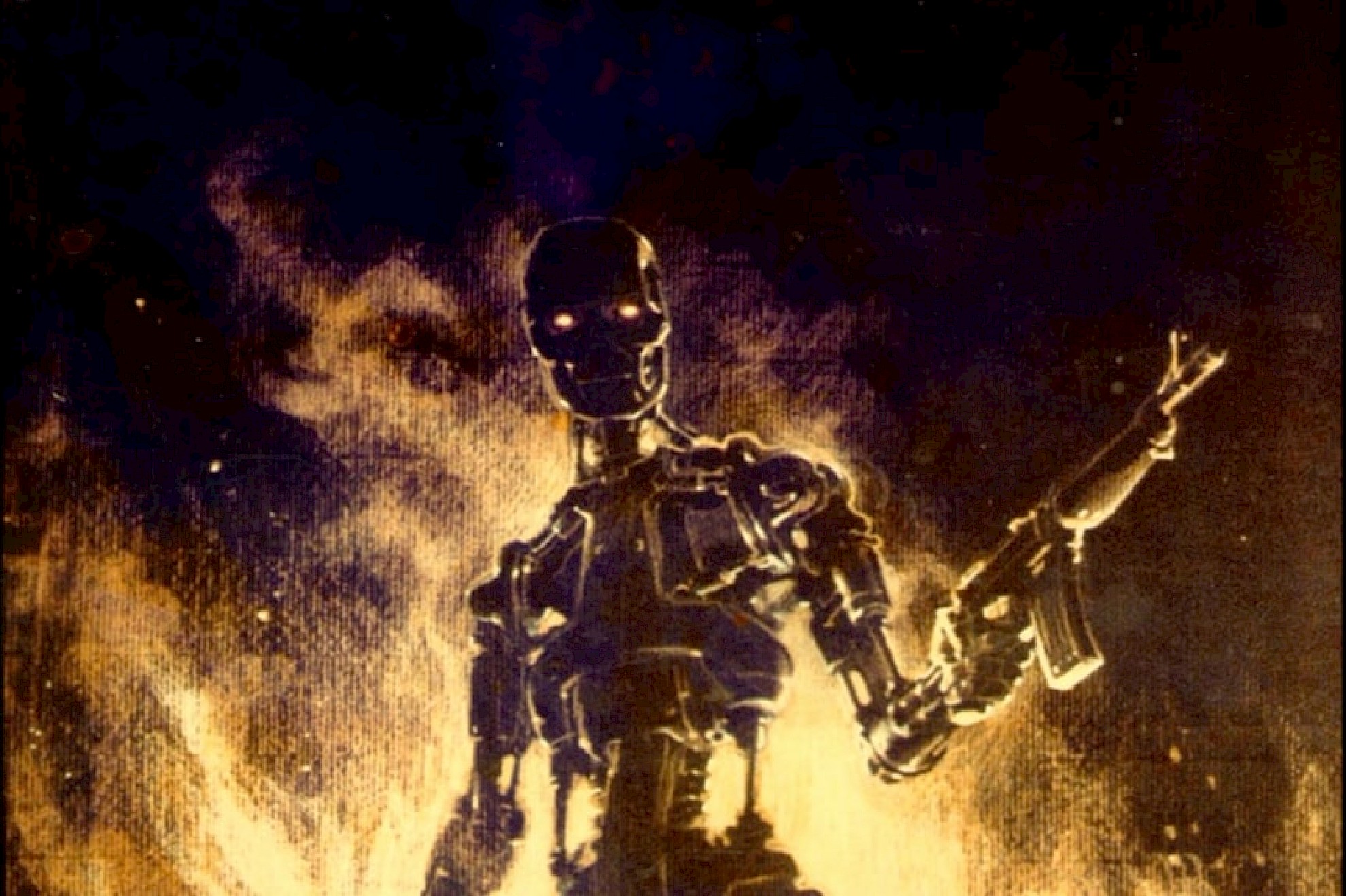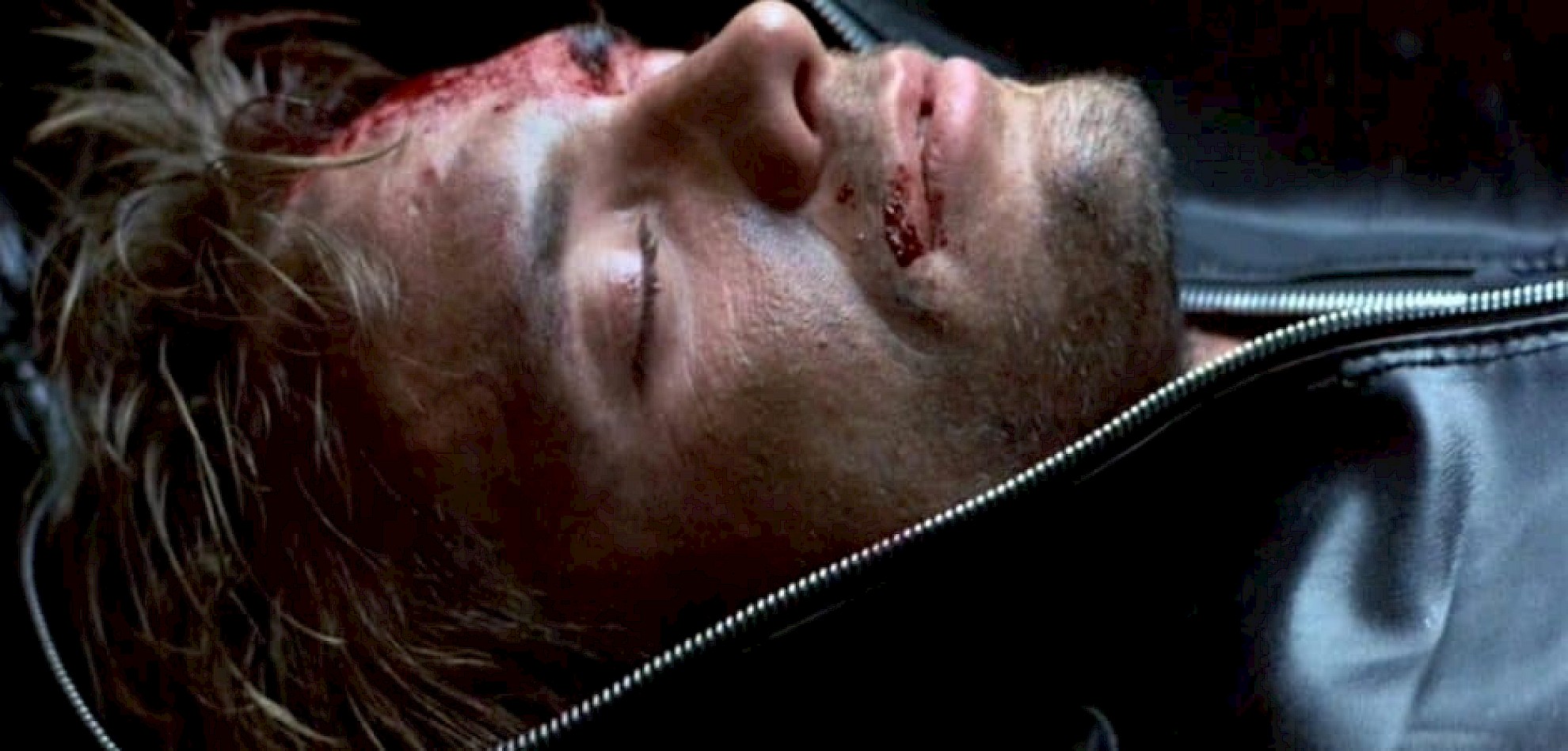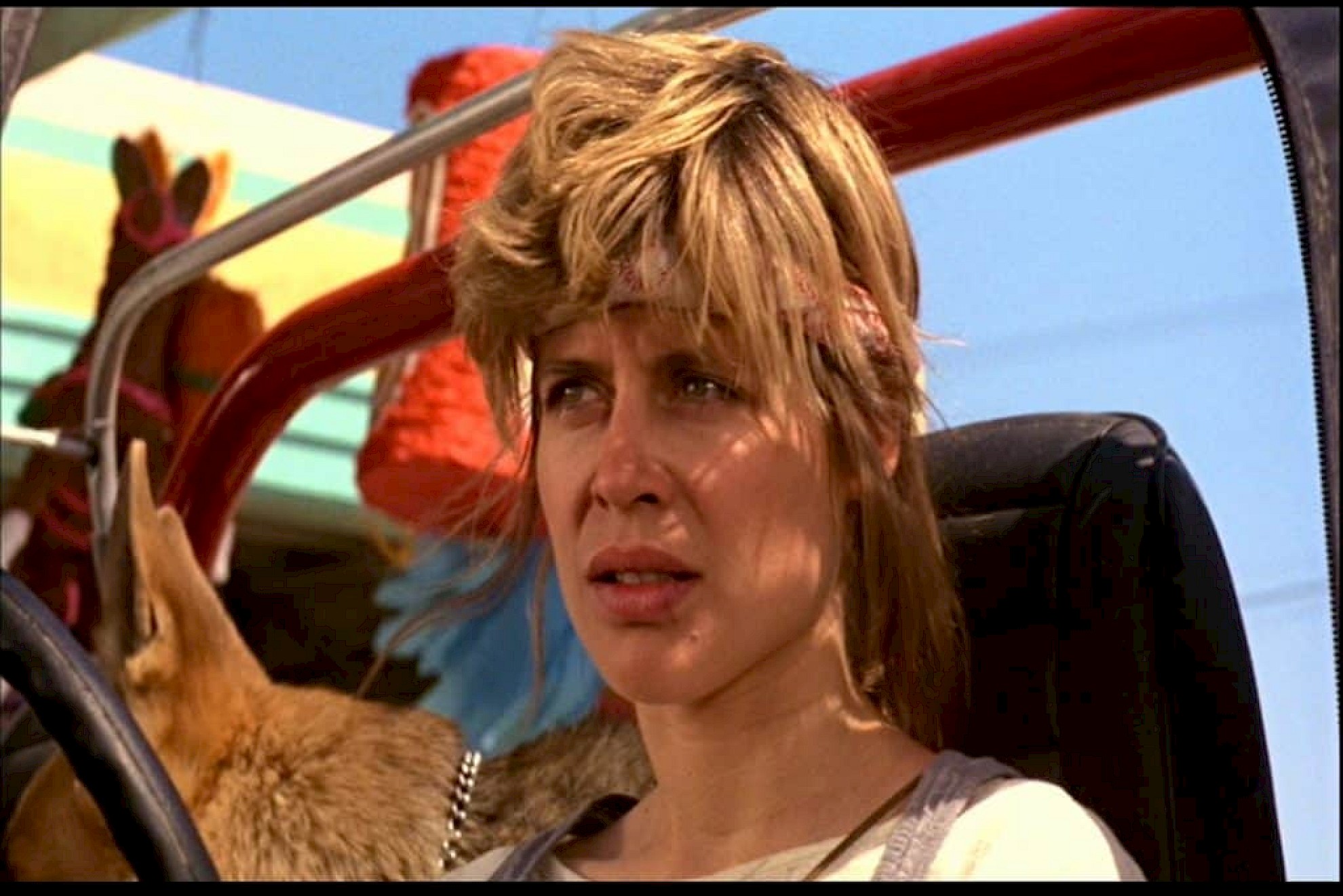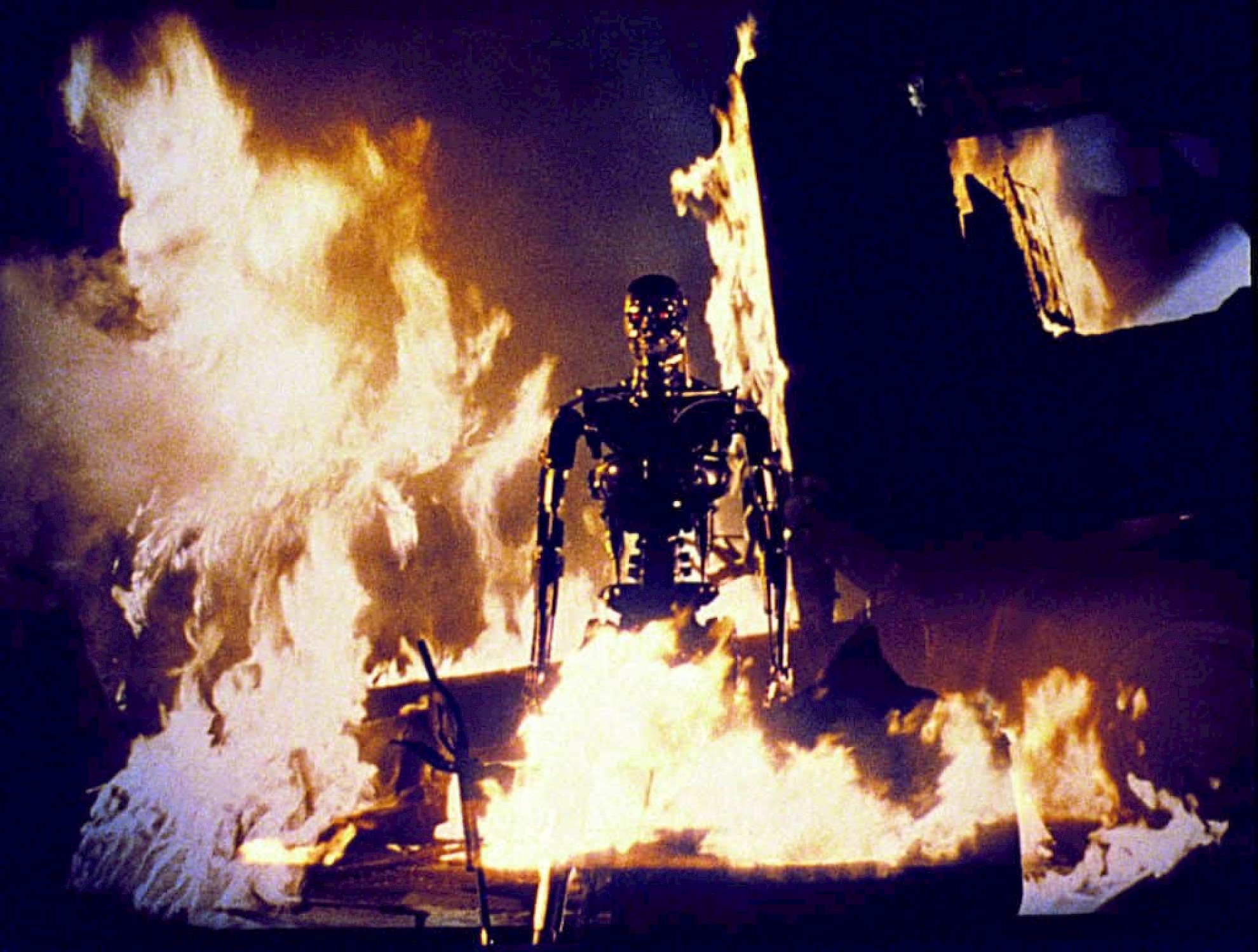The Story Behind The Terminator
How a Low Budget B-Movie Became a Cult Classic
There is an origin behind every great story and The Terminator, 1984, is no different.
With hindsight, it’s easy to look back from 2020 and believe it was destined for success.
After all, it was directed by James Cameron, one of the most successful directors of all time, who broke box office records with Avatar and Titanic (still 2nd and 3rd respectively in highest grossing films of all time), and starred Hollywood and political heavyweight Arnold Schwarzenegger opposite the badass Linda Hamilton.
“We were turned down by every major studio. However, we did have one connection to Orion Studios…” Gale Anne Hurd, The Terminator producer
Creating The Terminator video
What could have been…
Yet none of these three were household names in 1984, nor could they have predicted that what was initially thought to be a ‘B-movie’ would become one of the greatest underdog stories in cinema, a cult classic that is still talked about today, over 30 years later.
For a story that focuses so heavily on changing the future and alternative timelines, it is curious that the original film could have been very different, especially if the casting had taken another route.
And it very nearly did.
Schwarzenegger as Reese?
Schwarzenegger originally read for the part of Kyle Reese.
In his fledgling acting career, he had already played the title character in Hercules in New York, and Conan the Barbarian, and naturally wanted to be the hero of The Terminator movie.
Although he may have first been put forward for this role by his agent, Cameron was cool on the idea: “I was very negative on the idea of Arnold playing Reese”, he recalled.
And Schwarzenegger, at lunch with Cameron after his reading, couldn’t stop thinking about the Terminator:
“The more I read the script, the more I got fascinated by the Terminator – the bad guy – which I thought was the real cool guy. We were talking along the lines of me playing the heroic character.”
After looking at a mocked up painting that Cameron had made of him as the Terminator, Schwarzenegger had made up his mind: “I am the Terminator, I’m gonna make this call now, I called [Cameron] right away and I said “I want to play the Terminator”, and the deal was made.”
“Everyone else around me said ‘Maybe you should not play a villain, that is not good for your career’.” Thankfully, he didn’t pay too much attention to this advice.
In fact, it was Lance Henriksen who was the original choice for the title role, as Hurd recalled: “Jim [Cameron] had worked with Lance Henriksen on Piranha II and he very much wanted Lance to play the Terminator.”
Concept art of Schwarzenegger as the Terminator
Concept art of Henriksen as the Terminator
Even the original concept art sketched by Cameron shows Henriksen as the Terminator (above) – Cameron had wanted an ‘everyman’, someone who could blend into the background, a true ‘infiltrator unit’.
While Schwarzenegger hardly blends into a crowd, his dominant physique and intimidating presence led Cameron to change the concept, claiming it was still realistic but even more ‘nightmarish’.
This adaptability, to change the concept from an anonymous face to one that “you knew wasn’t quite human”, is perhaps the most significant decision in the history of The Terminator.
Henriksen instead played Detective Hal Vukovich in The Terminator, and would go on to play a robot two years later under Cameron, as the android Bishop in Aliens which also featured Michael Biehn (and Bill Paxton, who also had a brief role as the punk whom the Terminator dispatched in the opening scene of the ‘84 film).
The idea of the ‘everyman’ assassin who could blend into the crowd was to be realized in T2, where the T-1000 can literally be every man (and woman), with terrifying results.
The myth that OJ Simpson was considered for the role was shot down in a recent interview with Cameron for the LA Times – the studio executives suggested Simpson, but Cameron and The Terminator Producer Gale Hurd reacted “like that was the stupidest thing we’d ever heard in our lives”. Although Schwarzenegger is still adamant that OJ was considered in much more depth!
Painting by James Cameron
“I was very haughty because I was the guy. I saw this painting [above] he [Cameron] had done of the endoskeleton and I went ‘Oh my god, this guy is awesome’. And then I read the script and suddenly I went from a guy […] on a high horse to a guy who really wanted to work on this film”.
“I’ve done a lot of things over the years that are better technically than Terminator. Not a lot of stories that were better than Terminator.” – Stan Winston, The Terminator make-up and effects
Sheer determination
“You still don’t get it, do you? He’ll find her! That’s what he does! That’s all he does! You can’t stop him!” – Kyle on the T-800
The T-800 is notable for its sheer determination. It has one mission, and one mission only: kill Sarah Connor.
Yet it can be argued that what made the movie so successful was not the final portrayal of the T-800’s single-mindedness, but the determination of the cast and crew to make the movie a success, whatever the cost.
Cameron’s determination went so far that he came up against the studio heads, one of whom asked Cameron to cut the final factory scenes, which earned him an abrupt “F**k you! The film isn’t over yet!”. A bold move for someone whose only previous directing experience was being fired from the set of Piranha II: The Spawning.
Cameron also disregarded the request to shoot more daytime scenes, since night shots are considered more expensive, but he “plunged madly on. It seemed so important stylistically… I don’t think it impacted the cost all that much”.
“You make the aesthetic choices and then find out how much it costs, and work within the constraints of the budget and schedule. A producer does the same thing […] What they care about is the bottom line. With the director, it’s the opposite. You have this dialectic of forces. That’s the way movies are supposed to be made.” Although talking about The Terminator here, this philosophy is perhaps what has contributed to Cameron’s success over the years.
Guerrilla filmmaking
He [Cameron] didn’t have a nickel in his pocket. He ended up sleeping on [writer] Randy’s [Frakes] floor.” – Bill Wisher, Additional Dialogue/Cameron collaborator
Many of the shots in the film were unorthodox, instead relying on ingenuity of the cast and crew. After having completed shooting and watching the early cuts, there were still a few shots that Cameron felt were missing.
Rather than making do, Cameron would get the shots, no matter what. The scene of the T-800 punching through the window of a station wagon was added later.
With a crew of three or four, it was Cameron behind the camera (and on the lookout for police), and Schwarzenegger smashing through a window with his fist. A real window that is.
As Mark Goldblatt, the editor of The Terminator remembers, “When Jim needed additional shots, he went out and shot them or hired a very inexpensive DP, the most expensive he could afford for money out of his own wallet. They would have a little ragtag team of guerrilla filmmakers… I believe he got Arnold to pitch in!”
And the shot of the body-bag being zipped up over Reese’s face was in fact Cameron’s nylon suit bag and shot in a park (again, almost definitely without a license according to Biehn!)
Reese in a body-bag
Even the producer Hurd got stuck in: “We wanted to see that the Terminator was outside Sarah and Ginger’s apartment, and we didn’t have that shot. So, we went to the house where I lived and spray-painted the doors black, to match the color of the sliding glass door in their apartment”, and without a wardrobe department, had to spray paint a pair of shoes black to match the Terminator’s boots!
The final shot of Sarah in the desert was another ‘ragtag’ effort. Shot without a film permit, the crew had to create a fake story to appease a passing policeman in order to get away with it.
Sarah Connor in the desert
Linda Hamilton didn’t just play a tough role, she displayed remarkable stoicism on screen, having broken her ankle just before shooting. Considering she spends practically the whole film running, and despite the crew’s best efforts to reshuffle the shooting so these scenes were towards the end, her ankle wasn’t completely healed in time, so she had to do them “on a broken ankle that had to be wrapped every day.”
Attention to detail
“I hadn’t worked with a director who was dealing quite on that level”. Brad Fiedel, The Terminator theme composer
With Schwarzenegger committed to Conan the Destroyer in 1983, shooting for The Terminator was delayed from the summer of that year until March 1984, giving the cast and crew the opportunity for nine months of what Hurd called “soft prep”, allowing for the scenes to be planned in great detail (Cameron storyboarded almost the whole film in this time), and for most production problems to be anticipated well in advance – perhaps this delay contributed to some of The Terminator’s success.
Michael Biehn learned how to hot-wire a car, learned martial arts and, in preparation for his dream sequence set in the future, he did ‘a lot’ of research on the Warsaw ghettos “about the guys who used to live in the rubble when they were fighting the Germans, and what their lives were like”, a sequence which lasted for all of about 2 minutes of screen time.
Schwarzenegger’s movement was meticulous planned with Cameron, even down to his eye movement, where he always moved his eyes first, then the head, “like a surveillance camera”.
On set, Cameron would leave no stone unturned in pursuit of his vision – he would run with the smoke machine in front of the camera, try his hand in the make-up department and constantly challenge and question the special effects department to see whether there was room for improvement.
Surprise hit
“Jim [Cameron] and I realized we had touched a nerve.” Gale Anne Hurd after early Terminator screenings
The success of a movie can never be predicted, but the response from test screenings, producers and agents quickly revealed that The Terminator was going to be more than just another B-movie.
Michael Biehl claimed “I don’t think the studio knew what they had. I know they didn’t”, with Bill Wisher reinforcing this assertion, because “If they did, they would’ve thrown a lot more money at it.” Instead, the studio perceived it as, in Hurd’s words, “a down-and-dirty action exploitation film.”
The notion that this wasn’t a run-of-the-mill action movie slowly started to dawn on the crew once they began test-screenings.
“We showed the film to the actors’ agents. And both Ed Limato, who represented Michael Biehn and Lou Pitt who represented Schwarzenegger […] they are the ones who insisted that Orion screen the film for critics.”
The love story at the center of the film ensured that, to studio’s surprise, it was appearing as popular with women as it was men. The movie would finish the year as the ninth highest grossing film worldwide in 1984, taking $78.4m – not bad for a movie with a $6.4m budget.
And the rest is history…
The Terminator, 1984. ©Orion Pictures Corporation/Courtesy Everett Collection
“I came across time for you, Sarah.” Kyle Reese
From inspired casting choices to down and dirty filmmaking, the origins of this cult classic are as fascinating as the Tech Noir movie itself, which, at its heart, for all of its terror and action, is a love story. And when it comes down to it, the affinity that we build with Reese and Connor, by living every moment of their terrifying ordeal by their side, is what makes the movie what it is: timeless.

